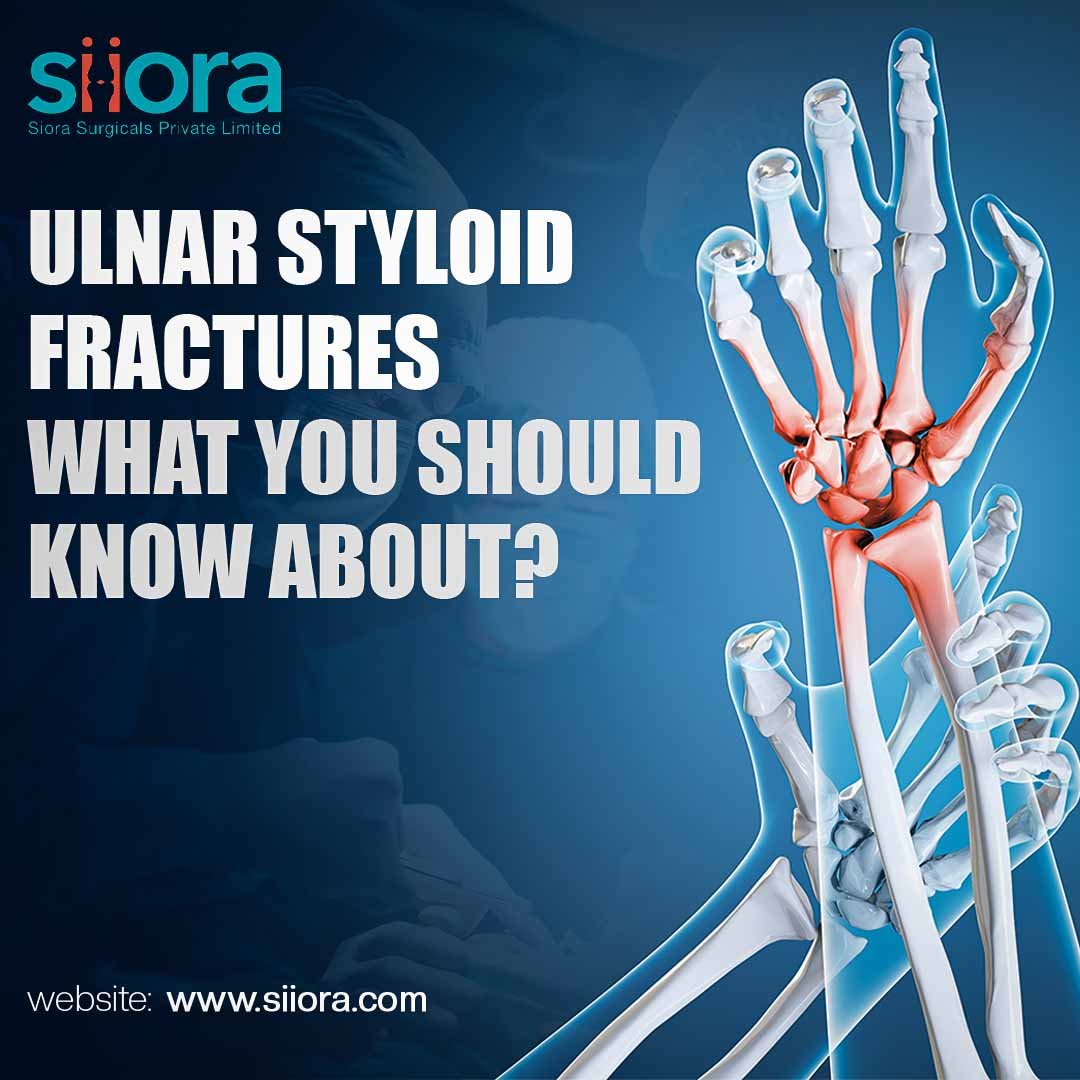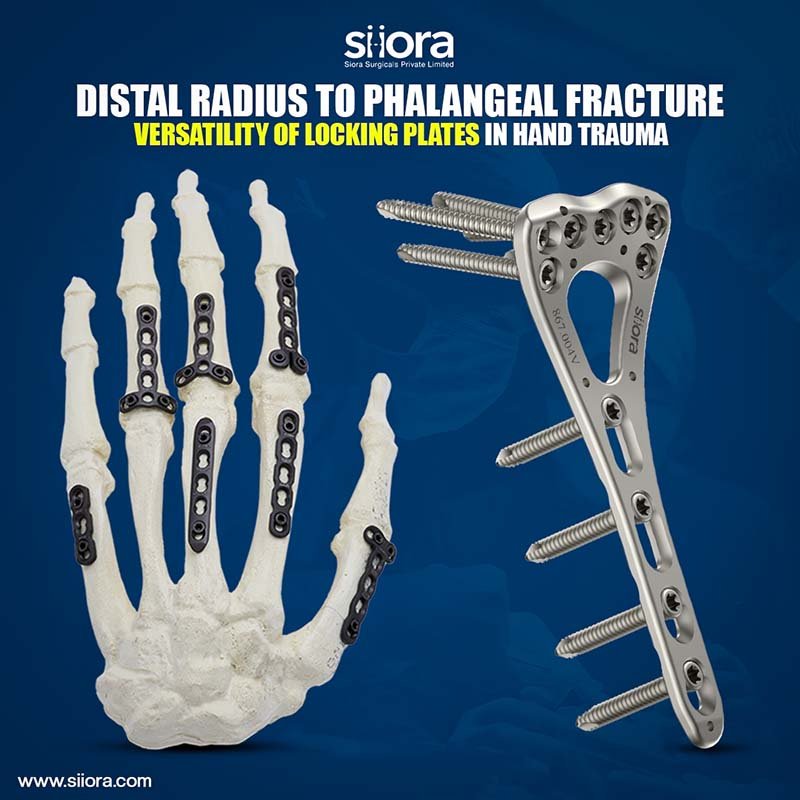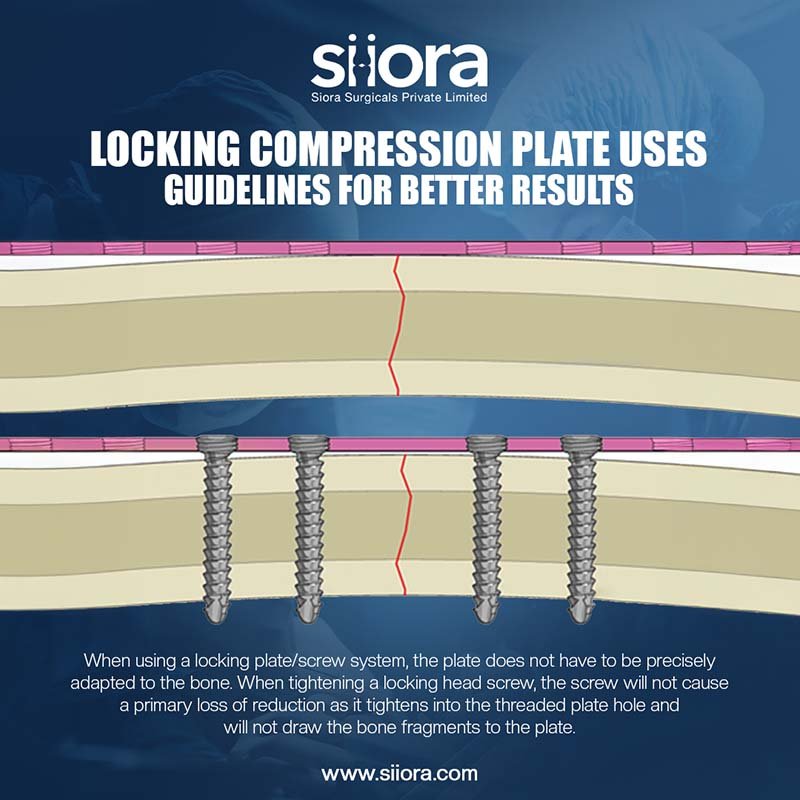Ulna and Radius are two main bones in the forearm. The ulna runs along the outside of the wrist and the Radius runs along the inside. A bony projection at the end of the ulna is called the ulnar styloid process.
It fits into the cartilage of the wrist joint and plays an important role in the strength and flexibility of the wrist and forearm. A break of the bone in this area is called an ulnar styloid fracture.
What are the different types of ulnar styloid fractures?
The two main types of ulnar styloid fractures are tip fractures and base fractures. The severity and treatment approach depend on the location of the fractured ulnar styloid and any associated wrist injuries, particularly damage to the triangular fibrocartilage complex.
Tip fractures:
- Involve the small, distal end (tip) of the ulnar styloid.
- Usually associated with distal styloid fracture of radius.
- Often heal well with conservative treatment like splinting or casting.
- Can cause minor discomfort if the injury affects nearby ligaments.
Base fractures:
- Occur at the base of the ulnar styloid, closer to the wrist joint.
- Typically associated with disruption of the triangular fibrocartilage complex (TFCC).
- More serious than tip fractures, as they can lead to wrist instability and chronic pain.
- Frequently require surgical intervention to repair the TFCC and stabilize the wrist.
What Are the Symptoms of Ulnar Styloid Fractures?
The main symptom of a styloid ulna fracture is immediate pain. This type of fracture is usually accompanied by a radius fracture. In such a case, the pain is felt more on the inside of the wrist than near the ulnar styloid process.
Additional symptoms include:
- Swelling
- Tenderness
- Bruising
One may also notice the wrist and hand hanging at a different angle than the usual configuration.
What Are the Causes of Ulnar Styloid Fractures?
Hand and wrist fractures (the latter is basically an ulnar styloid fracture) are mostly caused by an injury sustained while trying to break a fall with an outstretched arm.
Other common causes include:
- Motor Vehicle accidents
- Hard falls
- Sports injuries
Further, osteoporotic conditions can also increase the risk of fractures. Such a condition weakens the bones and makes them brittle. One needs to take extra precautions to avoid bone injuries.
What is Treatment for Ulnar Styloid Fractures?
Options to treat broken bones include both with and without surgery.
Nonsurgical treatment
Mild ulnar styloid fractures often need a basic wrist cast. The doctor may have to realign bones before adding a cast. This process is called reduction and can sometimes be done without an incision (closed reduction).
Surgical treatment
For severe fractures, which may also involve other nearby bones, one would require surgery. This involves an open reduction: The doctor makes an incision near the fracture and uses the opening to reset the affected bones. Severe breaks may require using metal orthopedic bone screws or pins to keep the bones in place while they heal.
Following an open reduction, a durable cast is needed, which may be made from plaster or fiberglass.







